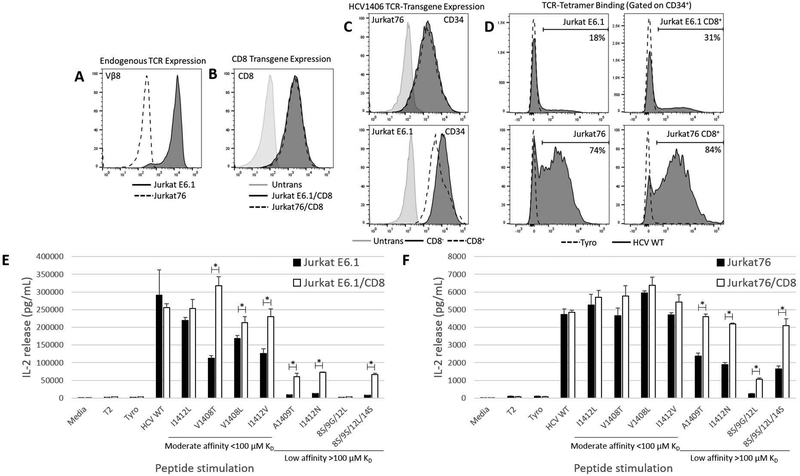Figure 1. Absent TCR-pairing competition enhances HCV1406 TCR cross-reactivity and alleviates CD8-dependent recognition of APLs.
(a) Jurkat E6.1 (TCR/Vβ8+) or Jurkat76 (TCR/Vβ8-) cells (natively CD8-) were engineered to express (b) CD8αβ and/or (c) HCV1406 TCR as measured by transgene expression marker CD34. (d) Each group was evaluated for relative TCR surface expression levels by their ability to bind HLA-A*0201 tetramer folded around either HCV NS3:1406–1415 or tyrosinase:368–376 as a negative control. T2 cells were loaded with 10 ug/mL WT or variant HCV NS3:1406–1415 peptides or tyrosinase:368–376 as a negative control. Peptide-loaded T2 cells were co-cultured with HCV1406 TCR-transduced (d) Jurkat E6.1 or (f) Jurkat76 cells for 18 hr. IL-2 release by CD8- (black bars) and CD8+ (white bars) cells was determined by ELISA. Mean and standard deviation of triplicate measurements are shown. APL are organized from by decreasing TCR-pMHC affinity, left to right. Significant differences in IL-2 release between CD8- and CD8+ Jurkat cells are denoted *p<0.05. These data are representative of three independent experiments.

